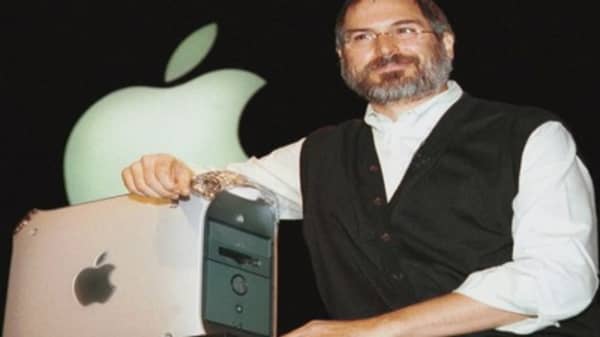Co-founder, and former chairman and CEO, Apple
Born: Feb. 24, 1955, San Francisco; died: Oct. 5, 2011, Palo Alto, Calif.
Education: Reed College (dropped out)
As Bill Gates shaped the experience of using the personal computer that sat on our desks, so Steve Jobs fashioned the experience of using the one we now carry around. Gates redefined the way millions of people work. Jobs redefined the style in which they live and set a new expectation about the embedding of technology in daily life.
His creative genius revolutionized not just his industry and its products, but also everything from music and movies to smartphones. He provided a platform for others to create and distribute apps, bringing innovation and change to an even wider sphere. Apple's co-founder tops our anniversary list of the 25 most transformative leaders, icons and rebels of the past-quarter century. More than any other member of our group of extraordinary entrepreneurs and executives—all outstanding leaders—his vision spurred changes far beyond his industry and put an indelible stamp on the wider culture.









































